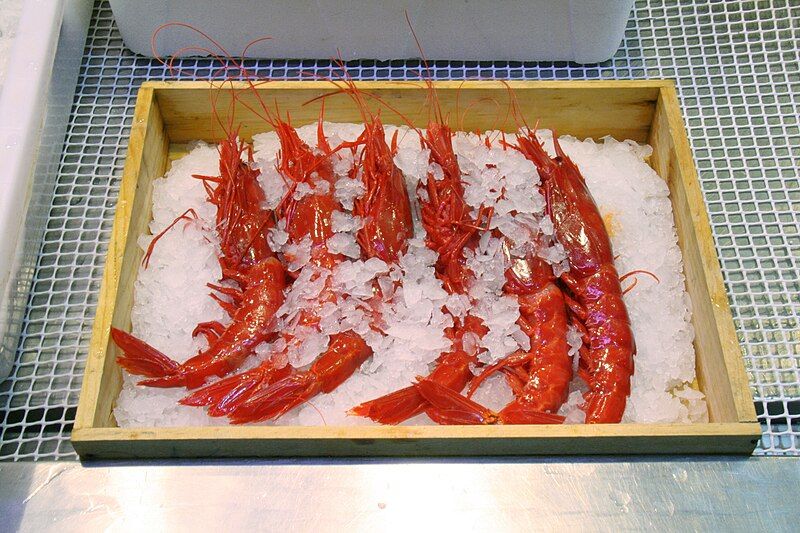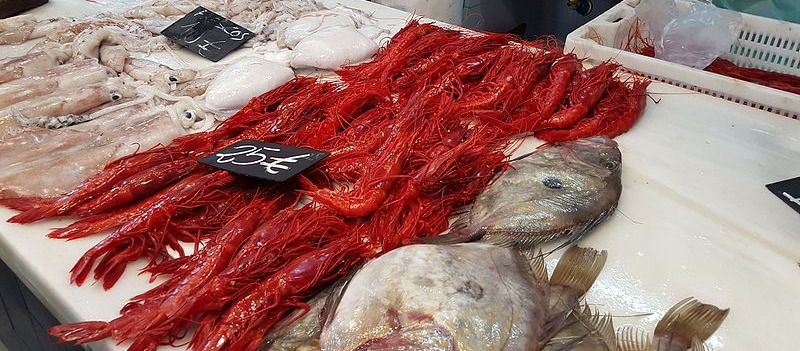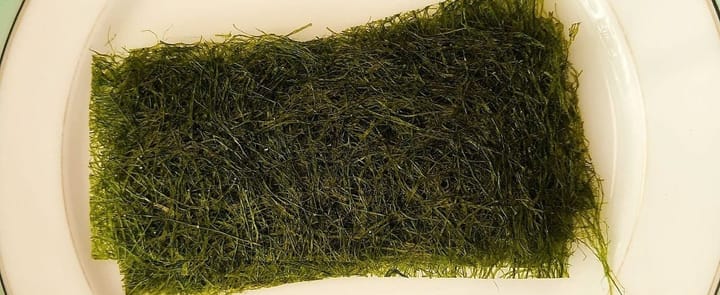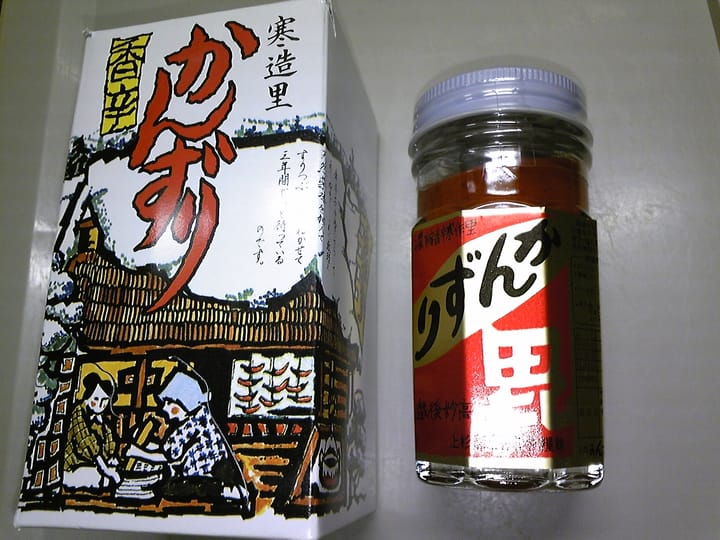Spain's Carabineros: The World's Most Expensive Prawn
Carabineros, Spain's distinctive deep-sea shrimp, is renowned for its striking scarlet color and large size, often commanding over $40 per prawn in the global market.

Carabineros shrimp, a standout Spanish deep-sea seafood species, boasts an impressive size and vivid scarlet hue. Recognized globally as one of the most expensive prawns, they can command prices of over $40 for just one shrimp.
What is Carabineros Prawn?
Carabineros, scientifically known as Aristaeopsis edwardsiana, and often referred to as cardinal or scarlet prawns, are a prized deep-sea shrimp species indigenous to the Eastern Atlantic and Mediterranean waters.
Renowned for their arresting, unchanging bright red hue—both raw and cooked—these prawns stand out not just for their color but also for their robust flavor, which is richer and deeper than many other shrimp varieties.
Their unique attributes and limited distribution make them a sought-after delicacy in gourmet circles.
These prawns wear many titles:
- Referred to as "Carabineros" in both Spain and Portugal.
- The English audience might recognize them as "Cardinal Prawns" or "Scarlet Shrimp."
- The French affectionately call them "Crevette Imperiale."
History and Origin
Carabineros shrimp, native to the deep waters of the Eastern Atlantic and Mediterranean, have enriched Spanish and Portuguese fishing traditions for centuries.
Their name, "Carabineros," evokes the striking red of Spanish riflemen's uniforms, mirroring the prawn's standout color.
First recognized by local fishermen, these prawns gained broader acclaim in the early 20th century.
As European culinary influence expanded, the Carabineros prawn's distinct flavor profile, reminiscent of both shrimp and lobster, found favor beyond Iberia.
By the mid-20th century, they were a feature in premier French and Italian cuisines. Later, they made waves in Asian culinary scenes, notably as a prized sashimi ingredient in Japan.
Today, the legacy of Carabineros prawns spans from Iberian fishing communities to global gourmet kitchens, embodying a fusion of tradition and luxury.
How Much is Carabineros Prawn?
A Carabineros Prawn, particularly during the height of summer, can command a price of up to $40 for a single specimen.
At approximately jumbo size, averaging about 8 inches, you can expect to find around 4-5 prawns per pound, with a collective cost nearing $120.
Why is Scarlet Shrimp So Expensive?

Depths and Harvesting Challenges
Carabineros prawns are found at impressive depths, often between 500 to 2000 feet (150 to 600 meters). Harvesting at these depths isn't straightforward.
Specialized trawling equipment is required to reach them, and the process consumes more time and fuel than shallower catches.
Carabineros Specific Habitat
Carabineros prawns are native to the deep, cold recesses of the Eastern Atlantic and specific pockets of the Mediterranean Sea.
These waters, abundant in dissolved oxygen and unique nutrients, contribute to the prawns' distinct taste and firm texture.
Their habitats are not only defined by depth but also by unique seabed compositions and precise water temperatures.
While they're predominantly found off the coasts of Spain and Portugal, these combined environmental factors render their natural habitats exceptionally rare and niche, underscoring their status as a prized and exclusive catch.
Preservation and Logistics of Carabineros Prawns
Retrieving Carabineros prawns from the ocean's depths is merely the beginning of their culinary journey. The moment they reach the surface, swift and strategic preservation actions are essential.
On the fishing vessels, the prawns are instantly flash-frozen, a method that seals in their freshness and safeguards their superior taste and texture.
Beyond freezing, a crucial step involves deveining the prawns to remove the digestive tract. This isn't just for presentation; it's vital for prolonging freshness and warding off potential contaminants.
Culinary Exclusivity & Global Gourmet Demand
Carabineros prawns have cemented their status as a delicacy in elite culinary circles, gracing the menus of upscale restaurants from Paris to Tokyo.
Particularly in French cuisine, where ingredients are celebrated for their pure flavors, and in Japanese cuisine, where they're revered as a premium sashimi ingredient, their demand is fervent.
Their limited availability, combined with their global acclaim, naturally drives up their value.
Think about it: with renowned restaurants in metropolises around the world vying to feature Carabineros prawns, even a modest allocation can strain the already limited supply, pushing their price ever higher.
Flavor Profile
Carabineros prawns boast a rich, sweet taste that elegantly bridges the flavors of traditional shrimp and the succulence of lobster.
Their flesh is lusciously tender, exuding sweetness with every bite. For many aficionados, the head stands out as the pièce de résistance, packed with intensely briny juices.
It's often said that these juices, concentrated and exquisitely flavored, elevate the prawn's head to a standalone delicacy.
How Are These Prawns Traditionally Cooked?
Carabineros prawns are celebrated for their vivid red color, which remains even after cooking, setting them apart from other shrimps and langoustines.
They're known for their deep flavor and impressive size. While the tail is meaty, their cephalothorax (head and body) is a culinary gem, often used to infuse sauces and broths with a rich flavor and reddish hue.
Many European aficionados even consider the taste of the head a standout delicacy. In their homeland of Spain and Portugal, these prawns are traditionally salted and grilled.
Their rich texture and flavor often draw comparisons to a mini lobster rather than just a shrimp. They can be poached, sautéed, or steamed, and they're a star ingredient in dishes like paellas or stews.
Chefs love presenting them whole, capitalizing on their striking size and color for a memorable dish presentation.
Interesting Facts
- Not Just the Tail: In many cuisines, especially in Spain, the entire prawn, including its head, is consumed to savor the full depth of its flavor.
- Culinary Delight: Due to their rich flavor, they're often served simply grilled with just a sprinkle of sea salt to let their natural taste shine.
- High Nutritional Value: Apart from their taste, carabineros prawns are rich in protein, vitamins, and minerals, making them a nutritious delicacy.
- Color Stays the Same: Unlike many other prawns or shrimp that change color upon cooking, carabineros retain their striking red hue even after being cooked.
- Interestingly, "Carabineros" translates to "police" in Spanish, an homage to the striking resemblance of the prawn's shell color to the attire of Spanish customs enforcers.
In Conclusion
Carabineros prawns stand as the epitome of luxury in seafood, revered for their rich flavor, storied history, and the intricacies of their harvest.
Their enduring, radiant hue remains unaffected by cooking, making every dish visually captivating. The exquisite taste transforms any meal into an indulgent, delightful affair.
Simply put, they're a culinary treasure. Just remember: the experience might require a few napkins on standby.


